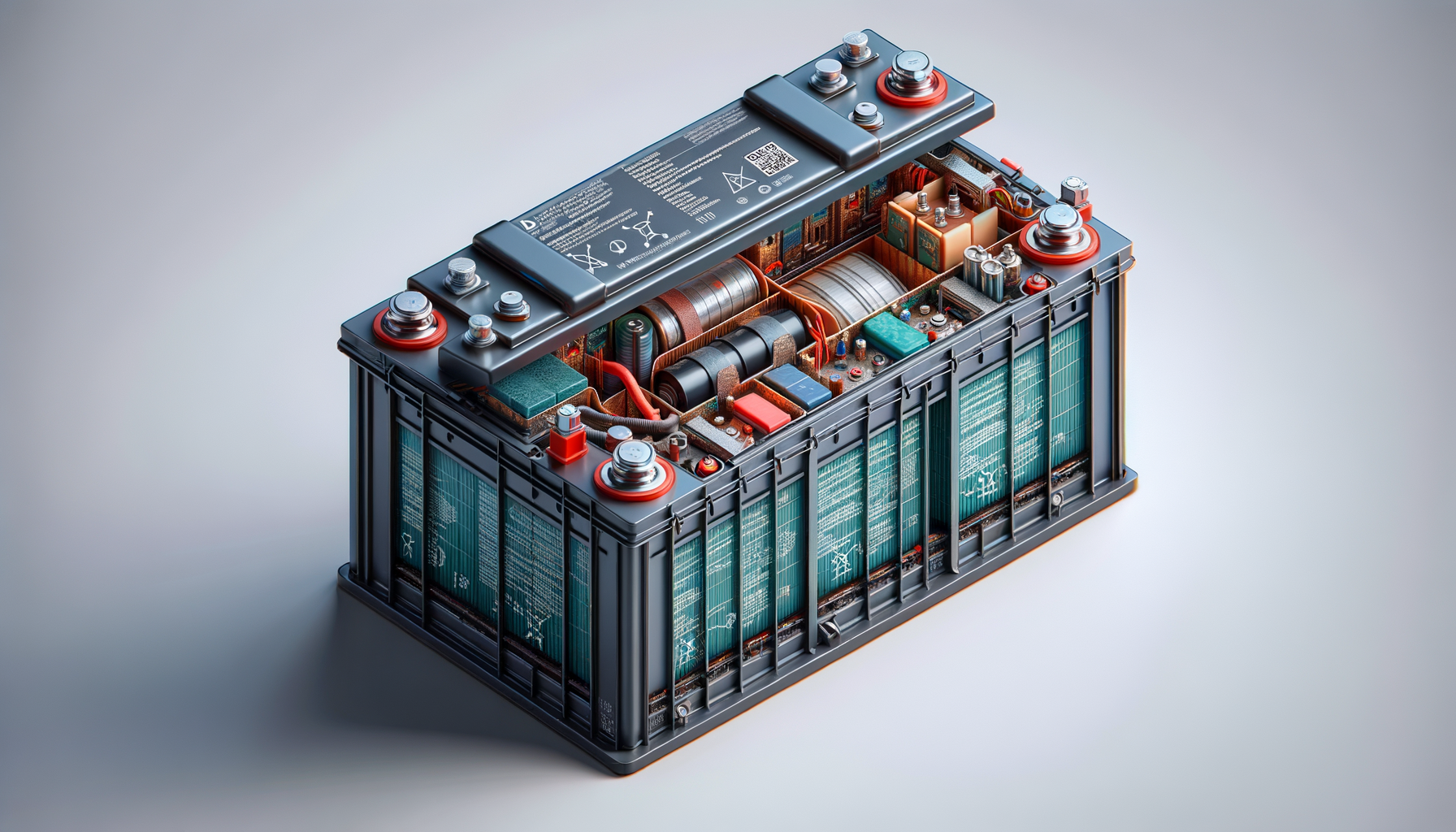A Closer Look at Lead Acid Batteries and Their Everyday Uses
Lead acid accumulators are among the oldest and most widely used types of rechargeable batteries. Known for their reliability and cost-effectiveness, these batteries store electrical energy chemically and release it when needed. They are fundamental components in automotive batteries, backup power supplies, and renewable energy storage systems.

Introduction to Lead Acid Batteries
Lead acid batteries have been a cornerstone in the development of rechargeable energy storage systems since their invention in the mid-19th century. These batteries are renowned for their reliability and cost-effectiveness, which have cemented their place in various industries. From powering vehicles to storing energy in renewable systems, lead acid batteries are ubiquitous in modern technology. Their ability to store electrical energy chemically and release it when needed makes them indispensable in automotive batteries, backup power supplies, and renewable energy storage systems.
The Chemistry Behind Lead Acid Batteries
At the heart of a lead acid battery is a fascinating chemical process that enables its functionality. These batteries consist of lead dioxide and sponge lead plates submerged in a sulfuric acid electrolyte. During discharge, the lead dioxide and sponge lead react with sulfuric acid to produce lead sulfate, water, and electrical energy. This reversible reaction allows the battery to be recharged, restoring the original chemical composition. The efficiency of this process, combined with the relatively low cost of materials, contributes to the widespread use of lead acid batteries in various applications.
Applications of Lead Acid Batteries
Lead acid batteries are versatile and find applications in numerous sectors. Some of the most common uses include:
- Automotive Batteries: Providing the necessary power to start engines and power vehicle electronics.
- Backup Power Supplies: Ensuring uninterrupted power for critical systems during outages.
- Renewable Energy Storage: Storing energy generated from solar and wind sources for later use.
Their ability to deliver high surge currents makes them particularly suitable for automotive and backup power applications. Moreover, their robustness and ability to perform reliably under various conditions make them a preferred choice for renewable energy installations.
Advantages and Limitations of Lead Acid Batteries
Lead acid batteries offer several advantages that have maintained their relevance over the years:
- Cost-Effectiveness: They are more affordable compared to other types of rechargeable batteries.
- Reliability: Known for their dependable performance and long lifespan.
- High Power Output: Capable of delivering high surge currents, ideal for automotive applications.
However, they also come with certain limitations:
- Weight: Lead acid batteries are relatively heavy, which can be a drawback for portable applications.
- Maintenance: Regular maintenance is required to ensure optimal performance.
- Environmental Concerns: Lead and sulfuric acid pose environmental risks if not disposed of properly.
Despite these limitations, ongoing advancements in technology continue to improve their performance and environmental impact.
The Future of Lead Acid Batteries
As the demand for energy storage solutions grows, the future of lead acid batteries looks promising with continued innovation. Researchers are exploring ways to enhance their energy density and reduce environmental impact. Advances in materials science and recycling technologies are expected to extend their lifespan and improve sustainability. While newer battery technologies are emerging, the established infrastructure and cost advantages of lead acid batteries ensure they will remain a significant player in the energy storage landscape.